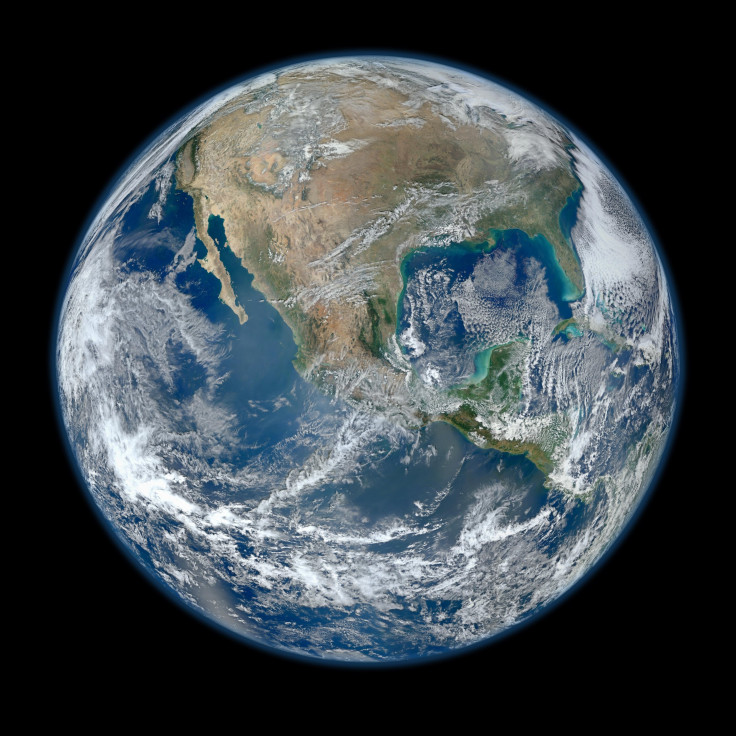Happy Aphelion: Distance From Earth To Sun Is Farthest Today

If you see the Earth today, don’t forget to wish it a happy aphelion — July 3 marks the day this year when our planet reached the point in its orbit that is the farthest from the sun.
Earth doesn’t revolve around the center of the solar system in a perfect circle. Because its orbit is more elliptical, there is a point that is closest to the sun, the perihelion, and a point that is farthest, the aphelion. Perihelion occurred on January 4 this year, and in the six months since then, Earth has reached the other extreme in its orbit, as it continues its perpetual journey around the sun.
Read: 6 Dangerous Objects Near Earth
It’s a difference of a few million miles. At perihelion in January, the Earth was 91.4 million miles from the sun. Today, specifically at 4:11 p.m. EDT, the Earth reached 94.5 million miles away from our star.
The average distance between our planet and the sun is somewhere in the middle, and is commonly referred to in astronomy as being equal to 1 astronomical unit.
In terms of light years, that’s about 8 light minutes from the sun — it takes light from our star that long to reach our planet.
July 3, 2017: Happy Aphelion! Single day of the year when Earth is farthest from the Sun — 1.7 percent farther than average.
— Neil deGrasse Tyson (@neiltyson) July 3, 2017
For Aphelion Weenies:
— Neil deGrasse Tyson (@neiltyson) July 3, 2017
DATE: 03 July 2017
TIME: 20:11 GMT
ORBTITAL ECCENTRICITY: 0.0167
SUN-EARTH DISTANCE: 152,092,504 km
If you are living in the Northern Hemisphere, one question that may come to mind on this day is why, if the Earth is the farthest it will be from the sun this year, is it so darn hot? Well apart from the fact that it is actually winter and quite chilly in some places in the Southern Hemisphere, the temperature of the Earth is unrelated to these small variations in its orbit. In fact, a distance of a few million miles is not really significant in the grand scheme of space.
Seasons and their temperature swings instead come from the tilt of the planet on its axis: When the Northern Hemisphere is tilted toward the sun, and thus at the same time the Southern Hemisphere is tilted away, it is warmer in the north and colder in the south.
That also explains why the aphelion and the perihelion don’t coincide with the longest and shortest days of the year — those dates, the summer and winter solstices, are linked to the tilt of the Earth’s axis and its movement back and forth.
Read: Strange Color in Aurora Is Just Steve, a Friendly Gas Stream
The one way in which the distance from the sun affects the seasons is that the Earth moves faster in its orbit when it is closer to the sun and slightly slower when it is farther away because of fluctuations in its kinetic energy as it moves around. Earth generally goes at about 67,000 miles per hour, but it is moving about half a mile per second slower at aphelion than it does at perihelion. EarthSky explains that for this reason, the summer lasts just a tad longer in the Northern Hemisphere — about five days — than the winter. That means the winter is five days longer than the summer in the Southern Hemisphere.
It’s not novel for the Earth to reach perihelion and aphelion in early January and early July, respectively — it happens around the same time every year.
© Copyright IBTimes 2024. All rights reserved.





















